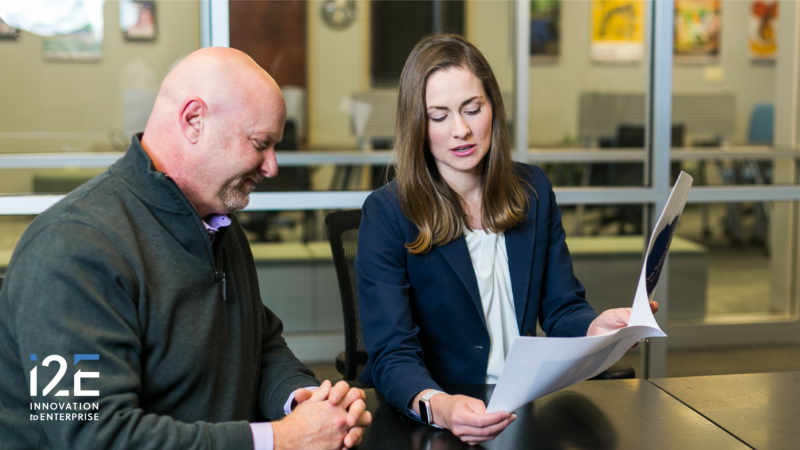By Scott Meacham
Copyright © 2017, The Oklahoma Publishing Co.
Likely, there isn’t anyone reading this column who doesn’t have an opinion about what the federal government should and should not pay for.
It seems there are numerous federal programs that could probably be cut or reduced without having a negative impact on economic growth. However, the Small Business Innovation Research Program (SBIR) and the Small Business Technology Transfer (STTR) initiatives are not among those.
SBIR/STTRs provide a critical source of funding for research and development and technology commercialization in startup companies. These programs drive scientific innovation in our country.
Federal agencies with specific scientific and technological goals release SBIR/STTR solicitations to tap into the many private sources of innovation that exist across the U.S.
Through a structured, peer-review application process, small, American, for-profit businesses submit research proposals that match their technologies to identified agency goals. Successful companies receive awards ranging from up to $150,000 for proof of concept to up to $1.5 million to continue development toward commercialization. SBIR funding is non-dilutive, and doesn’t not have to be repaid. The government views the resulting scientific innovation and the social and economic benefits they bring about as ample “consideration” for its investment.
“SBIR/STTR programs offer a really incredible financial opportunity for these smaller companies starting up,” said H. Anne Pereira, Ph.D. chief scientific officer and co-founder of Biolytx Pharmaceuticals, an emerging drug development company advancing a suite of antimicrobial peptides to treat antibiotic-resistant pathogens.
And the benefits aren’t only financial.
“A lot of professors these days are getting into innovation and technology with universities supporting startups and commercializing technologies,” said Pereira, who also serves as professor and associate dean for research for OU College of Pharmacy on the Oklahoma Health Sciences Center campus. “SBIR/STTRs are very competitive, so only the best research gets funded. There is extensive peer review and vetting. This stamp of approval brings credibility to a small business with other investors.”
It’s no surprise that funding research beyond the basic level is daunting. Entrepreneurs and universities can’t go it alone because of the significant requirements for capital investment. Angels and VCs often wait to invest until there’s at least a prototype or clinical trials given the high risk of the discovery phase. SBIR/STTR programs help fill the gap, creating a win-win for the startup, the research institution, and ultimately the federal agency.
Even though we are well situated with world-class research institutions and entrepreneurial scientists, SBIR/STTR grants are underutilized in Oklahoma.
That’s why we have developed the Oklahoma Small Business Research Assistance program, a partnership between the Oklahoma Center for the Advancement of Science and Technology and i2E that is focused on helping more Oklahoma innovators identify and compete for federal research funding.
SBIR/STTR funding is not quick money. It’s not there to solve payroll issues or to fund market development. But it is a superb source of capital to fund the very earliest stages of commercialization of new technologies. Any entrepreneur who is building a company based on developing a new technology should look into the Small Business Research Assistance program.
Scott Meacham is president and CEO of i2E Inc., a nonprofit corporation that mentors many of the state’s technology-based startup companies. i2E receives state support from the Oklahoma Center for the Advancement of Science and Technology and is an integral part of Oklahoma’s Innovation Model. Contact Meacham at [email protected].
Read the article at newsok.com








